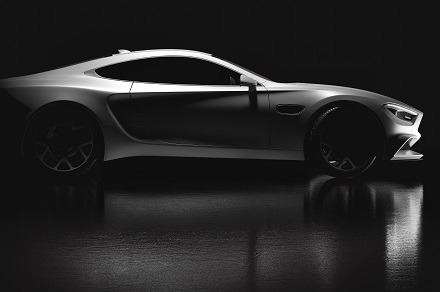When is a car not a car?
Article first published in Oct 2017: The tax rates applied were updated Aug 2020 and the Tax Tribunal Case referred to has since been referred to the Court of Appeal. You can find the latest on this topic in Cassandra’s post.
The difference between a company car and a van is not just aesthetic or practical, it has an impact on your tax bill.
Our tax team look at HMRC’s definitions of a car, a van and a “car derived van” or “combi van”.
A company car will generate a benefit in kind based on 0% to 37% of the list price depending on the emissions the car generates, (cars that generate 1 to 50 g/km of CO2 now dependent on their electric mileage range) if the car is available for your private use. This benefit in kind is then taxed at your usual income tax rate.
On the other hand if a company van is provided, a flat rate benefit in kind of £3,490 (reduced to 80% of £3,490, namely £2,792 for zero emission vans) again assuming that the van is available for your private use.
Also, unlike cars, if your van is only used to transport you from home to work (and this can be proved by reference to mileage records), there is no benefit in kind at all.
Clearly, understanding HMRC’s definitions is important when making your choice of vehicle.
A car is constructed mainly to carry passengers and is not a goods vehicle, whilst a van is a “vehicle of a construction primarily suited for the conveyance of goods or burden of any description”. However, cars become vans for tax purposes when they are “car derived vans” or “combi vans”.
“Car derived vans” are cars that have been converted, either by the manufacturer or a vehicle converter to sell as a commercial vehicle e.g. rear seats and seat belts removed and a floor panel added to make a load area. “Combi vans” are generally vans with rear seats where the main use of the vehicle is for carrying goods rather than passengers. Fortunately there is a list of manufacturer constructed “car derived” and “combi” vans on the HMRC website with labels as cars or vans.
A popular option is the double cab pickup. This offers two rows of seats together with significant load carrying capacity. Historically HMRC has accepted that a double cab pickup with a payload of at least 1 tonne will qualify as a van. However, it is fair to say that a significant number of these have never been used to carry commercial loads.
The position has been thrown into doubt by the recent First-tier Tax Tribunal case of HMRC v Coca-Cola (GB) Ltd. Some commentators suggest this may lead to a revision of HMRC’s guidance on double cab pickups.
Clearly, as an employee choosing your car/van or an employer providing it, you need to be sure you are certain of its specifications and its definition as far as HMRC are concerned.
If you would like more information or clarification on this issue please do contact Cassandra Graham.

